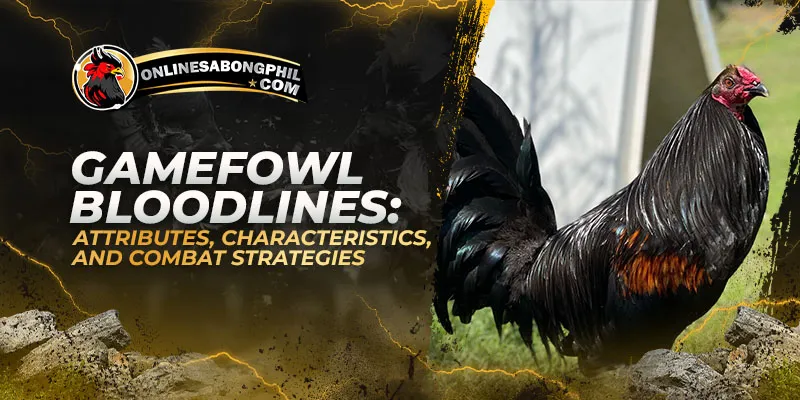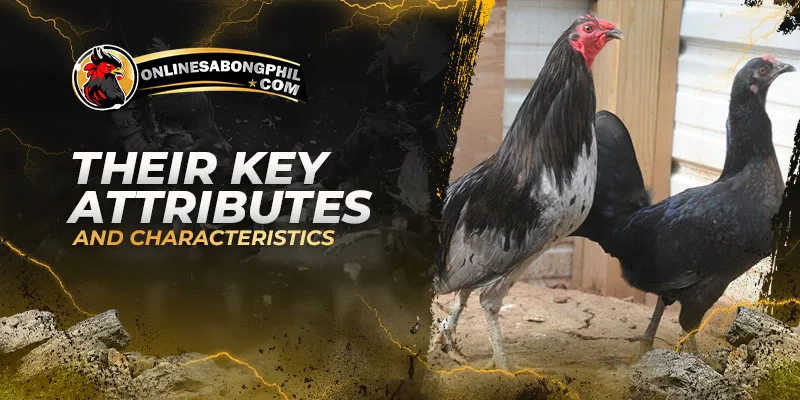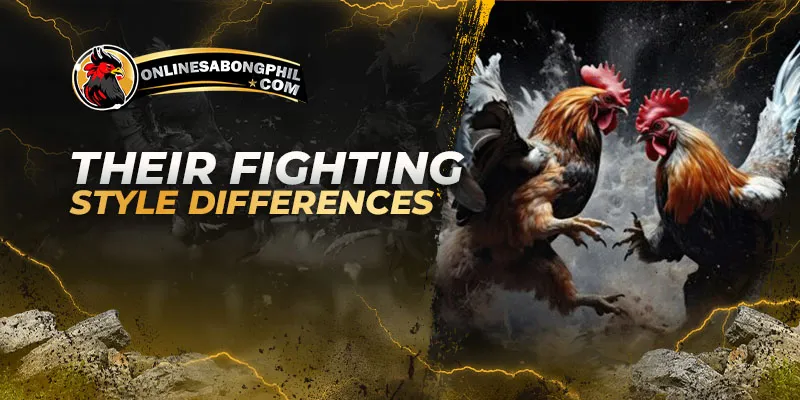Gamefowl, bred explicitly for cockfighting, possess distinct bloodlines carefully cultivated over generations. These bloodlines are like family trees, carrying specific traits that breeders prize. Some bloodlines are famous for their gameness – the unwavering will to fight and known for their speed and pinpoint cutting ability. Oriental breeds bring incredible power and an upright fighting style.
Understanding bloodlines helps breeders select birds with desirable characteristics, allowing them to create their unique combinations. Remember, a bloodline is a starting point, and a gamefowl’s ultimate performance depends on its lineage, breeding, and training.
Top 10 Gamefowl Bloodlines
The top ten gamefowl bloodlines each bring a unique set of fighting qualities and historical significance to the world of cockfighting.
- Kelso: Famed for exceptional gameness (unwavering will to fight) and deadly cutting ability.
- Hatch: Known for power, tenacity, and a ground-fighting style.
- Sweater: Possess speed, intelligence, accurate cutting ability, and a high-station (upright) fighting style.
- Roundhead: Recognizable by their round head shape and aggressive, powerful fighting style.
- Butcher: Known as exceptional cutters due to their speed and accuracy.
- Albany: An older bloodline known for gameness and accurate cutting.
- Grey: They come from various bloodlines, are characterized by their grey plumage, and are known for aggressiveness and cutting ability.
- Lemon: A diverse bloodline known for its accurate cutting and timing.
- Asil: One of the oldest gamefowl breeds, known for their strength, stamina, and upright stance.
- Shamo: Powerful and aggressive birds with an upright fighting posture.
These distinguished bloodlines, from the strategic Kelso to the robust Shamo, continue to shape the legacy and effectiveness of gamefowl in both traditional and contemporary arenas.
Their Key Attributes and Characteristics
American and Oriental gamefowl exhibit distinct attributes that define their prowess in the ring; here are some of the gamefowl attributes:
|
Bloodline |
Attributes | Characteristics |
| Kelso | Gameness, Cutting Ability, Adaptability | Medium station, Variable feather colors |
| Hatch | Power, Tenacity | Stocky build, Often darker plumage |
| Sweater | Speed, Agility, Intelligence | High station, Shuffling footwork |
| Roundhead | Aggression, Power | Stocky build, Distinctive round head |
| Butcher | Cutting Ability, Focus | Variable build |
| Albany | Gameness, Cutting Ability | Resemble older gamefowl, Variable build |
| Grey | Aggression | Defining grey plumage, Variable build |
| Lemon | Cutting Ability, Timing | Defining lemon-yellow plumage, Variable build |
| Asil | Strength, Stamina, Upright Stance | Broad, muscular build, Bold plumage patterns |
| Shamo | Power, Aggression, Upright Stance | Large, muscular build, Less feathered appearance |
Overall, the specialized attributes of these gamefowl breeds highlight their effectiveness in combat, showcasing a blend of agility, power, and tactical intelligence cultivated through dedicated breeding and deep-rooted fighting traditions.
Their Fighting Style Differences
The fighting styles of American and Oriental gamefowl are distinctly shaped by their respective physical and behavioral traits, creating unique approaches to combat that highlight each breed’s specialized capabilities.
American Gamefowl
American Gamefowl are a group of breeds developed in the US for cockfighting. They’re known for their unwavering fighting spirit (gameness), diverse fighting styles based on bloodlines, and athletic builds. Here are the gamefowl breed:
- Kelso
All-around: Balanced between power and cutting, often adapting their style.
Gameness: Their main advantage lies in their exceptional fighting spirit, pushing through injuries other fowl wouldn’t.
- Hatch
- Power and ground fighting: Use strength to overpower opponents and drag fights to the ground to gain advantage.
- Sweater
- Shuffler/Slasher: Use fast footwork (shuffling) to stay agile and deliver quick cuts from various angles, and a high station (upright) allows for reach.
- Roundhead
- Aggressive power fighter: Forward-driving style, initiates attacks, relies on power to overwhelm their opponent.
- Butcher
- Surgical slasher: Extreme focus on accurate and disabling cuts, aim to finish the fight quickly and efficiently.
- Albany
- Similar to Butcher, Emphasizes cutting ability but might possess a bit more all-around fighting skill.
- Grey
- Aggressive: They take the fight to their opponent, relying on overwhelming them with a barrage of attacks. Their cutting ability might vary.
- Lemon
- Counter-fighter: Excel at reading the opponent, focus on timing their attacks for maximum impact, and accurate cutters.
Oriental Gamefowl
Oriental Gamefowl, primarily the Asil breed, are one of the world’s oldest gamefowl breeds originating from India, Pakistan, and Southeast Asia. They are known for their exceptional power, stamina, and upright fighting posture. Here are the oriental breeds:
- Asil
- Upright and powerful: Tall stance allows powerful strikes, less agile than American breeds, and often takes more blows due to stance.
- Shamo
- Aggressive and upright: This forward-pushing style is similar to Roundheads’. It relies on power and relentlessness, and an upright stance is a factor.
The varied fighting styles of these gamefowl breeds, from the tactical agility of the Sweater to the brute force of the Shamo, illustrate the specialized strategies developed through selective breeding, underscoring their effectiveness and adaptability in the competitive arena.
American Gamefowl Vs Oriental Gamefowl
| Trait | American Gamefowl | Oriental Gamefowl (Asil) |
| Origins | Developed in the US (19th century onwards), crossbred from European and Oriental breeds | Ancient breed from India, Pakistan, Southeast Asia |
| Build | Medium, athletic build (variations between bloodlines) | Thick, heavily muscled, power-focused build |
| Stance | Varies by bloodline (upright to ground-oriented) | Distinctive, very upright stance |
| Feathering | Typically tight, ‘hard feathered’ | Can be less dense, sometimes bare patches |
| Fighting Style | Diverse and adaptable (shuffling, cutting, etc.) | Power-focused, crushing blows, stamina |
| Temperament | Can vary, generally intelligent and trainable (some lines more so than others) | Often very aggressive, independent, may be harder to handle |
Conclusion
The distinct bloodlines of American and Oriental gamefowl, each with specialized fighting styles and attributes, have been expertly developed through generations. From the Kelso’s agility and cutting skills to the Shamo’s strength and stance, these breeds demonstrate unique traits that make them effective competitors. Breeders who understand these characteristics can enhance their fowl’s performance, highlighting the importance of strategic breeding and deep knowledge of each breed’s capabilities.
Visit us at Onlinesabongphil.com for more guides and tips!



